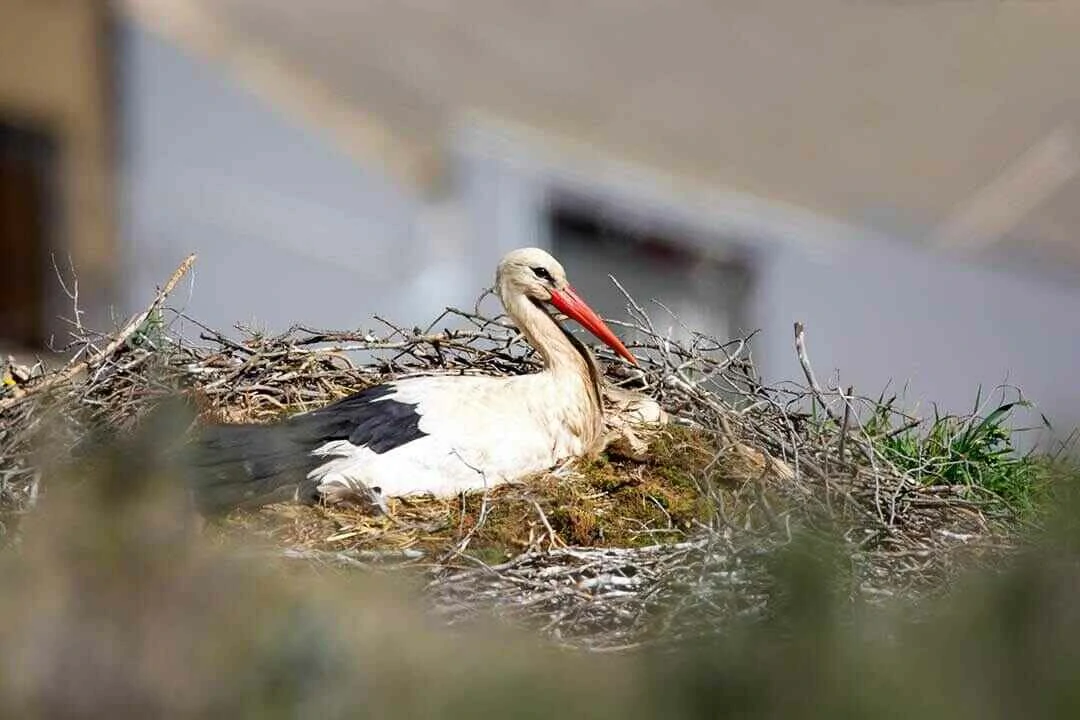
BIRDING IN
Akagera National Park

BIRDING IN
Akagera National Park

BIRDING IN
Akagera National Park

BIRDING IN
Akagera National Park
Akagera is a stunning national park with a diversity of habitats that support a remarkable range of bird species. It is s a savannah park with rolling hills, lakes, wetland and woodlands. Although accessible, the park offers an authentic African experience and a real nous of adventure. As of now there are 490 species identified, with several additions to the park list in the last few years.
The extensive network of tracks within the park allows birders to visit the many lakes, swamps, hills, grasslands and woodlands to search for some of the parks special birds including, Red-faced Barbet (localized to the Lake Victoria Basin), Papyrus Gonolek, White-winged Warbler and African Finfoot. With luck you might also see the enigmatic Shoebill amongst the papyrus.
The range restricted Red-faced barbet is probably the most sought-after bird and should be easy to find around Akagera game Lodge and Muyumbu campsite. Other range restricted species and highlights include Northern Brown-throated Weaver; Papyrus Gonolek; White-Winged Swamp Warbler; Carruthers's Cisticola, White-collared Oliveback, and Grey-crowned Cranes. Another desirable species is the Shoebill which is also seen in the park fairly regularly. The park is also home to good populations of raptors and large numbers of water birds.
A boat trip on Lake Ihema gives great views of many of the water bird species and there is a good chance for African Finfoot, which is also seen regularly from the deck at the Ruzizi Tented Lodge. A night-drive offers the potential to observe the several nocturnal bird species such as Verreaux's Eagle Owl and several Nightjar species.
Our Experts are ready to provide answers
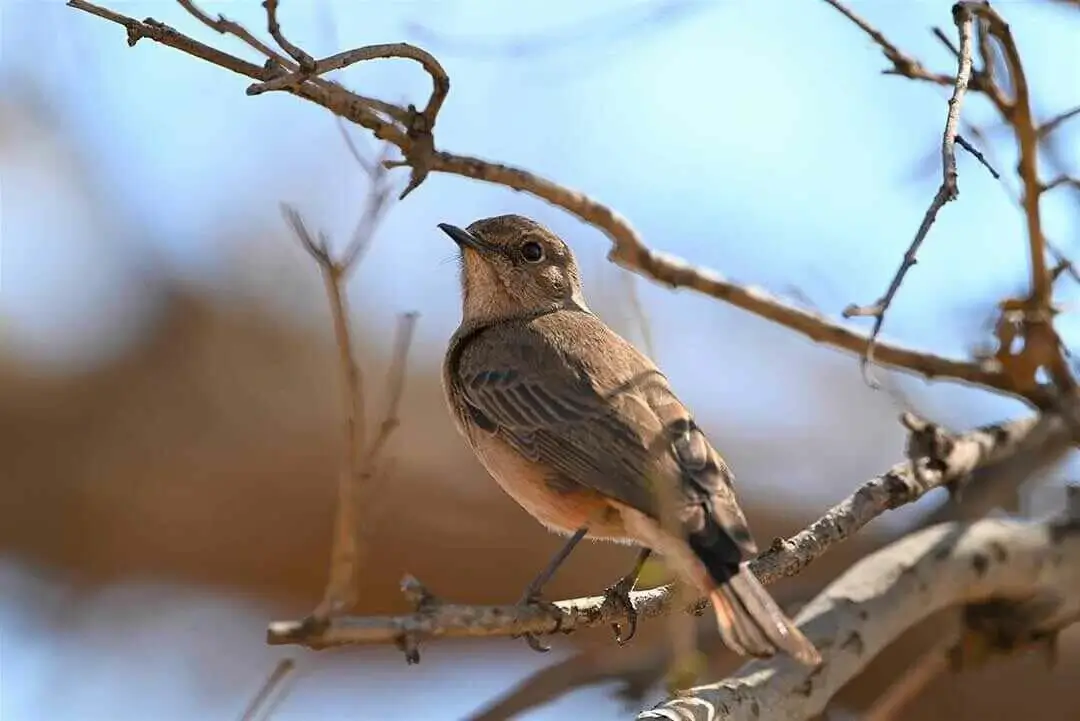
Gishwati-Mukura National Park is located in west Rwanda, in the mountains above Lake Kivu. This is Rwanda's newest national park and currently the focus of extensive rehabilitation efforts. The forests hold good birdlife Gishwati, 232 species and Mukura 163 species including several Albertine Rift Endemics and forest specialists.
Read More
Some 244 bird species are known from this Important Birding Area. The area is important as the southern limit of many Sudan - Guinea Savanna biome birds. The most interesting species known from this little explored region is the submontane sunbird Nectarinia preussi of the Afrotropical Highlands biome.
Read More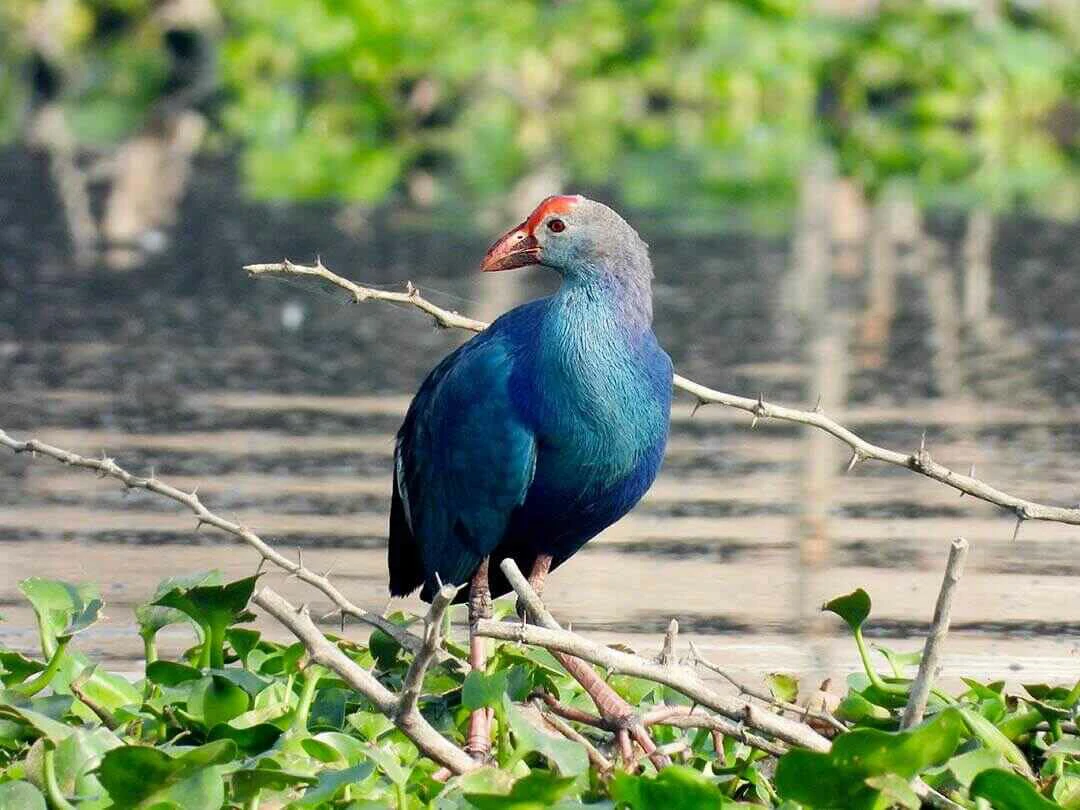
At least 16 bird species occur in Kakamega but nowhere else in Kenya, and another 30 (such as Psittacus erithacus) are probably now confined to this site. The grassy glades have their own distinctive avifauna, with many moist-grassland species that are now rare elsewhere in western Kenya. Regionally threatened species include Circaetus cinerascens (fairly common resident), Hieraaetus ayresii (relatively abundant),
Read More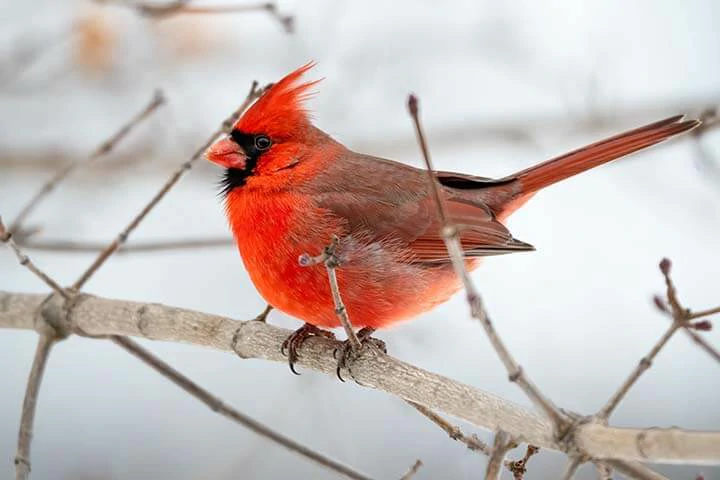
This is probably the world stronghold of Macronyx sharpei, a threatened Kenya bird endemic. The species is confined to grassland, preferring short-grass fields with tussocks, and in good habitat occurs at densities of 0.8 individuals/ hactares. Cisticola aberdare is thought to occur in the higher parts of the plateau, close to the Aberdare mountains,
Read More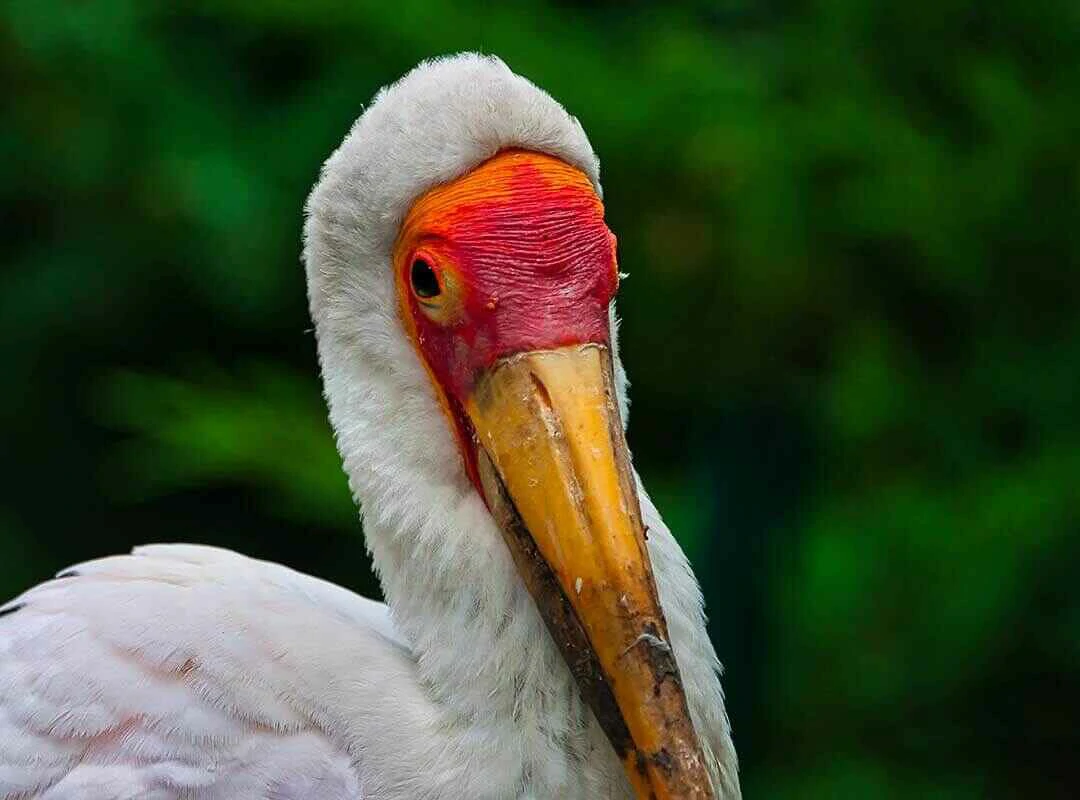
Lake Elementeita is home to 13 globally threatened bird species and some of the highest bird diversities in the world. Due to the assemblage of various birds of conservation concern, such as the threatened, range-restricted Grey-crested Helmet-shrike nearly threatened which occurs in the surrounding woodland where it may be resident.
Read More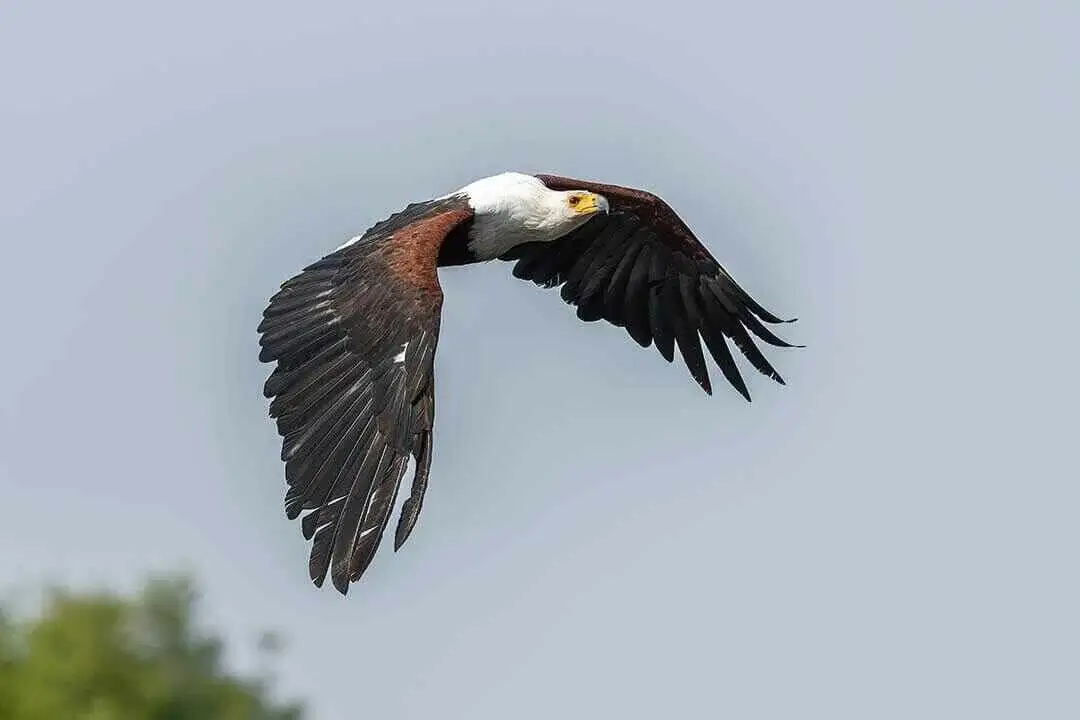
Lake Naivasha and its surrounding harbour numerous bird species that include kingfishers, pelicans, great cormorants, fish Eagles, Pelicans, Grey-backed fiscal, hawks, cuckoos, woodpeckers, shrikes, Cape Teal, Pied Avocet, Black Heron, Goliath Heron, Maccoa Duck, Great White Pelican, Common Greenshank, Ruff, Green Sandpiper, Hilderbrandt's Francolin, Arrow-marked Babbler, African Fish Eagle.
Read More